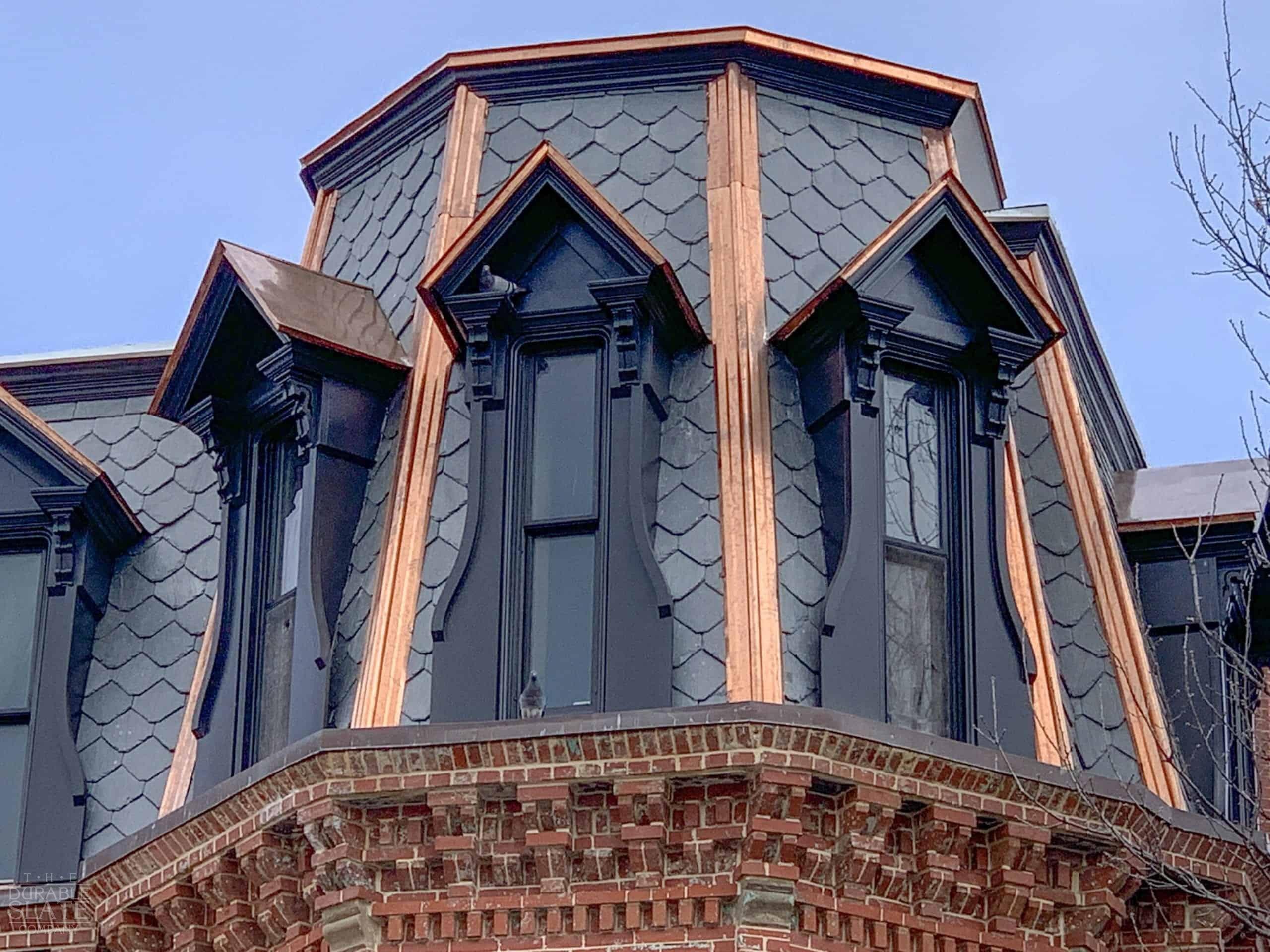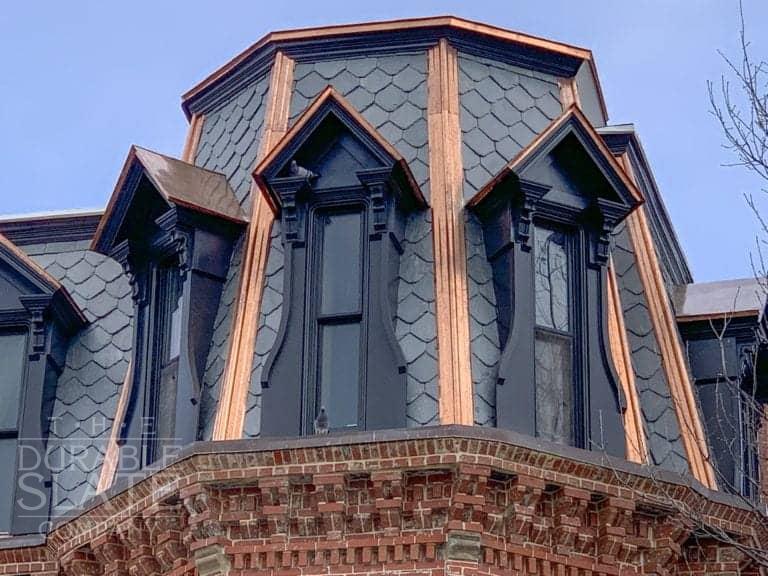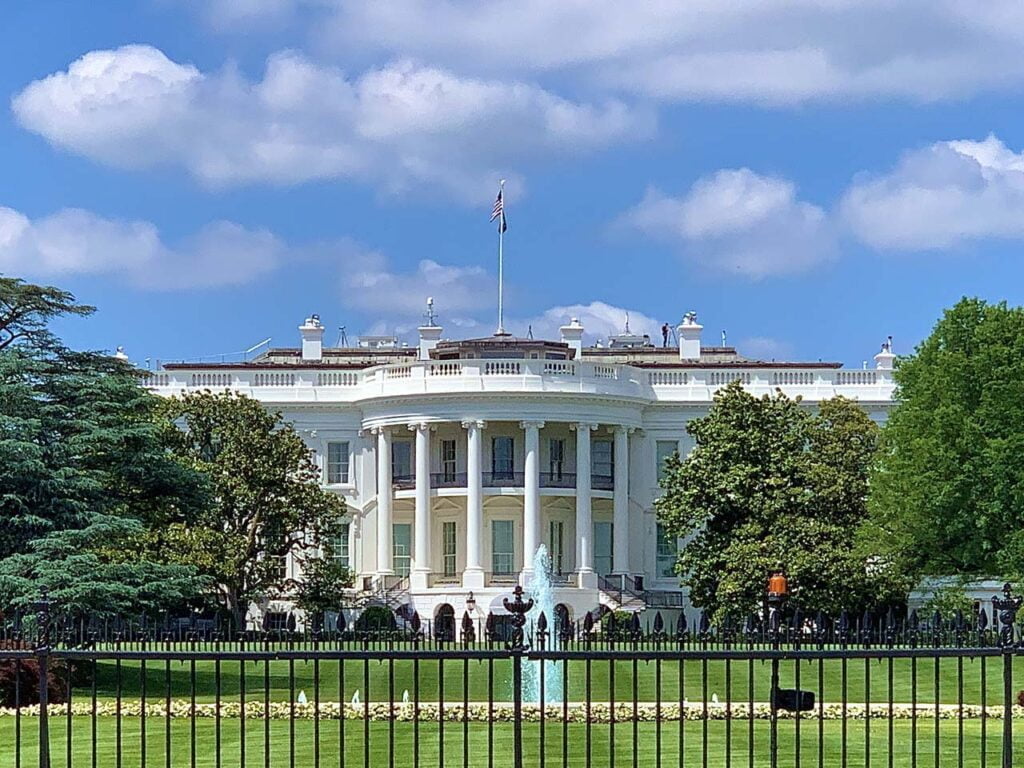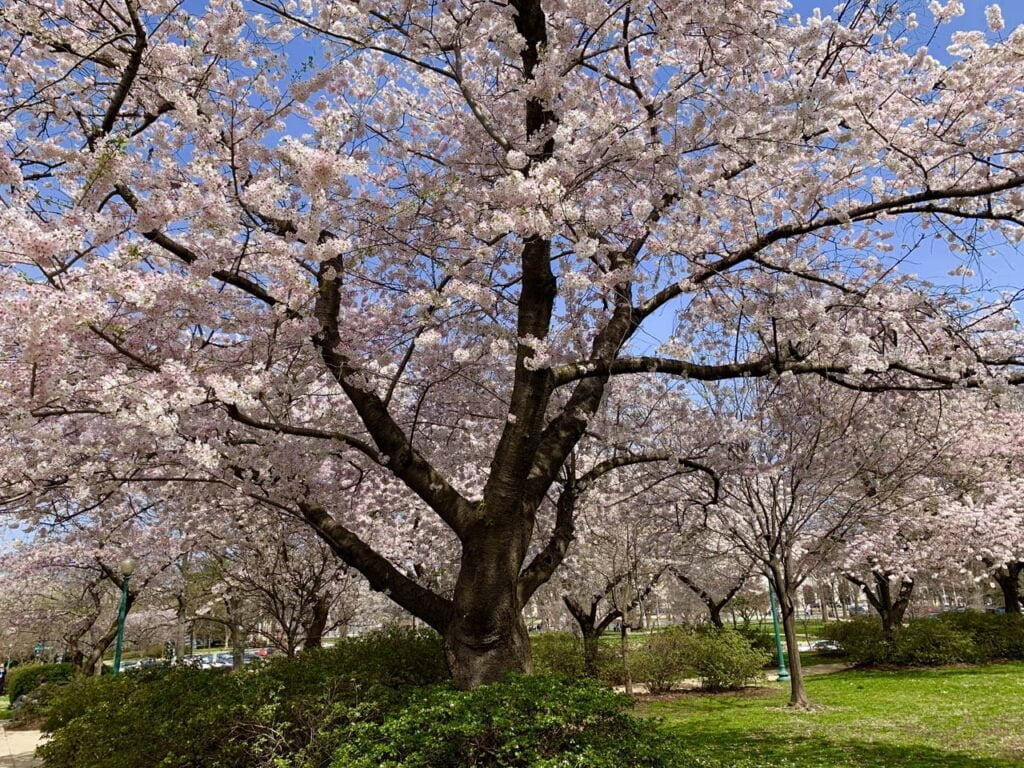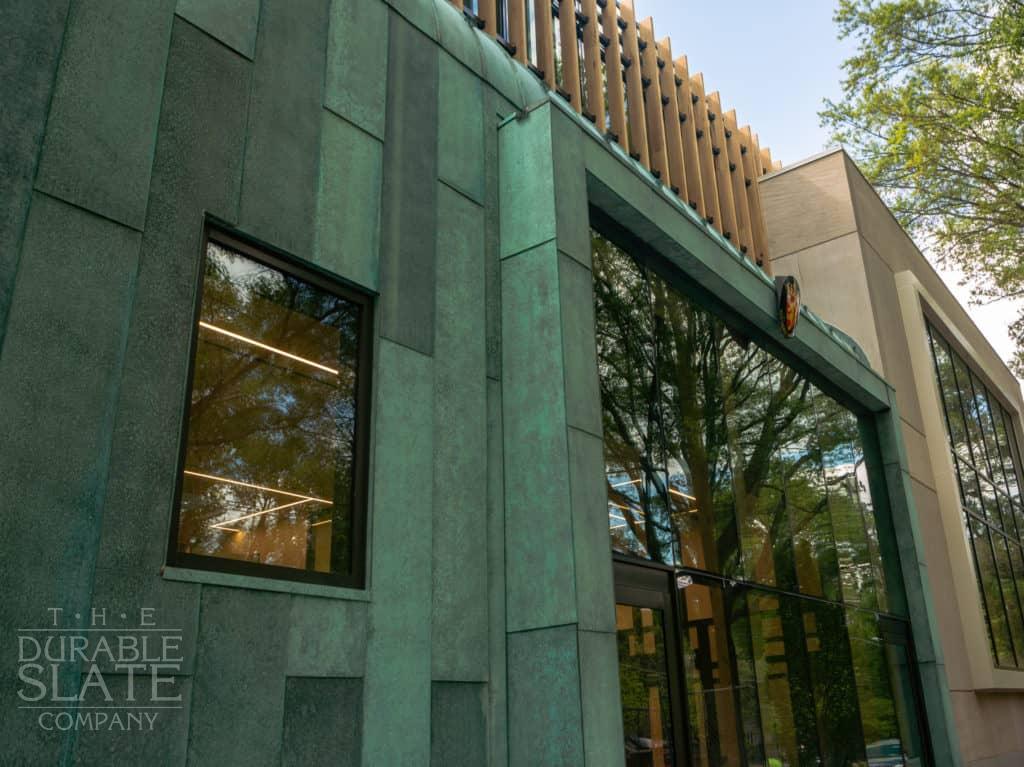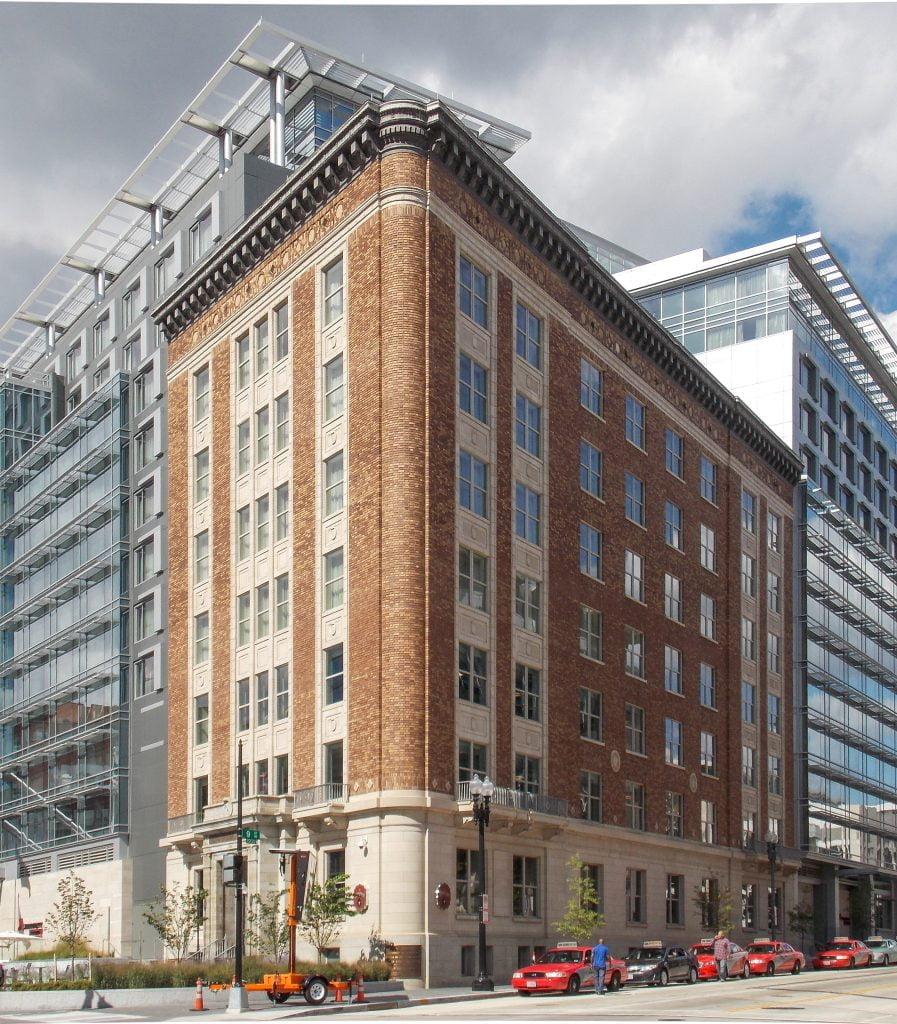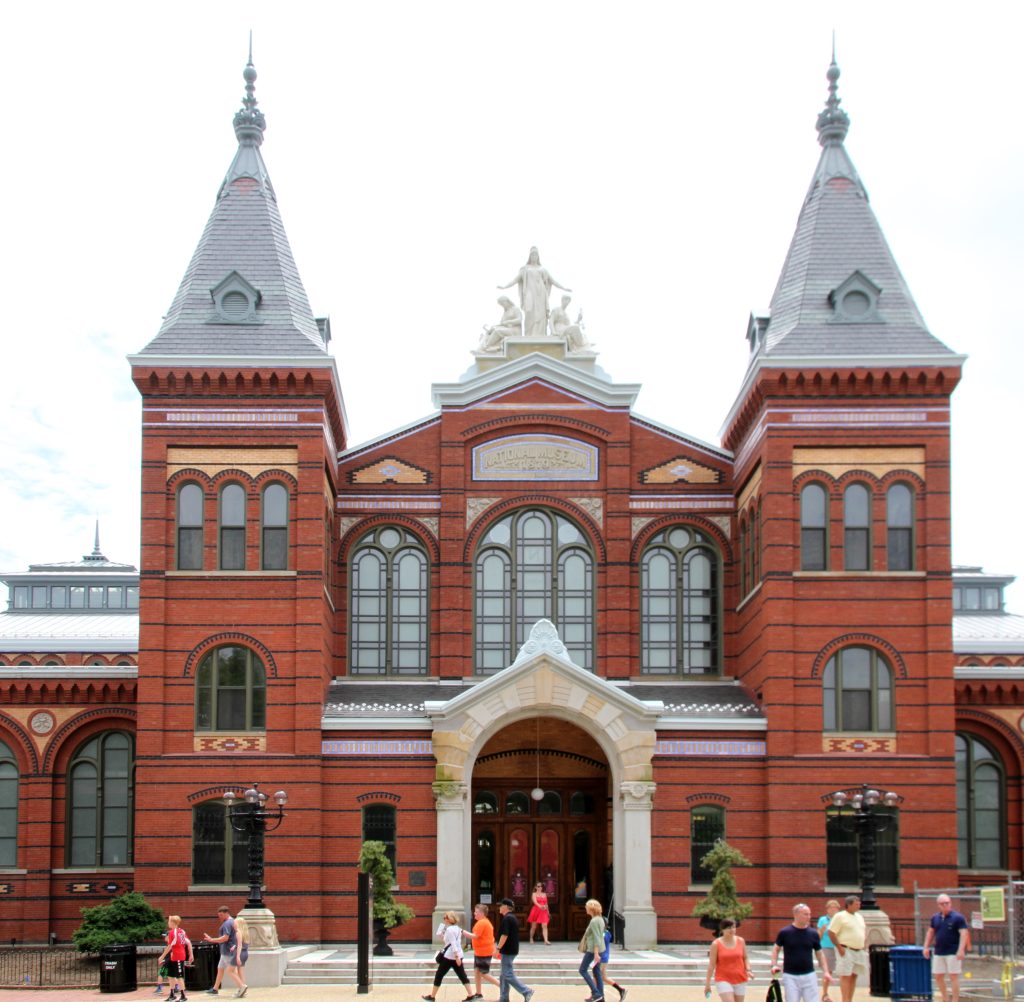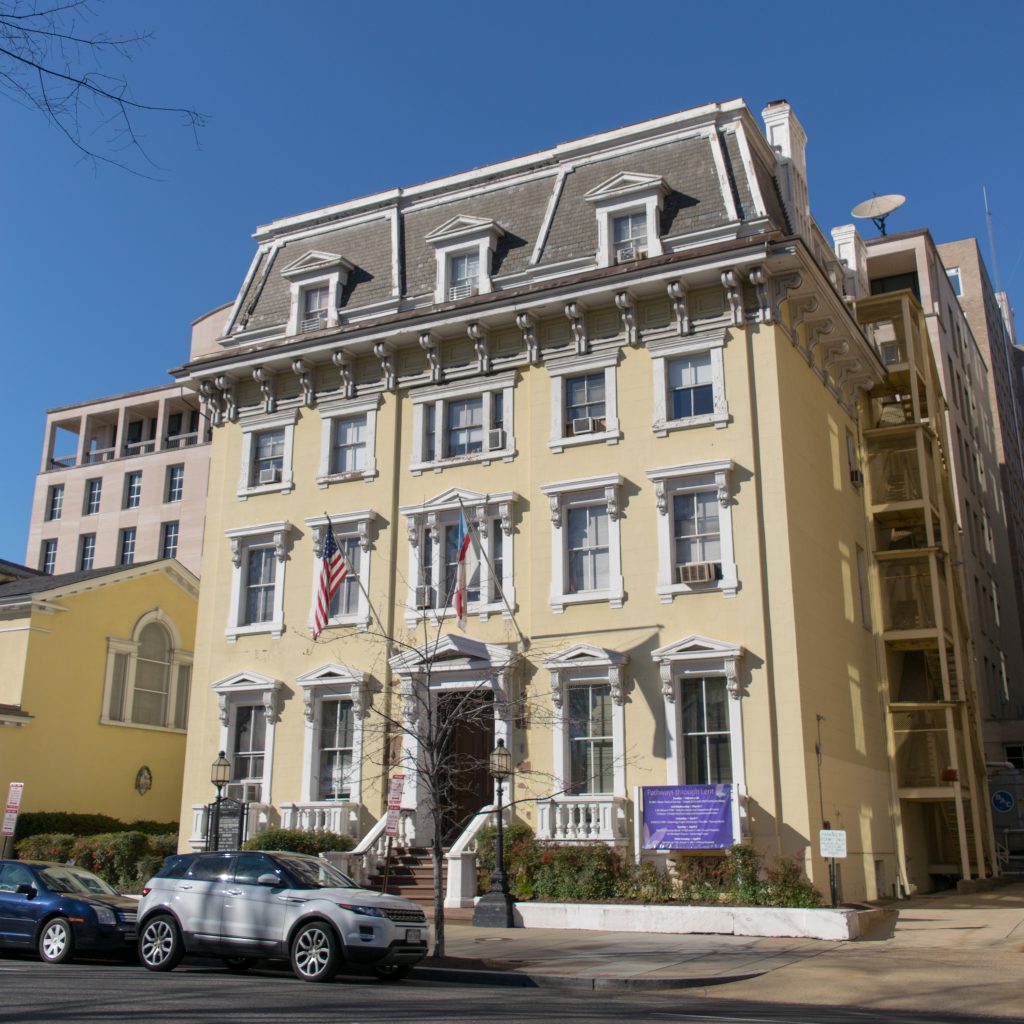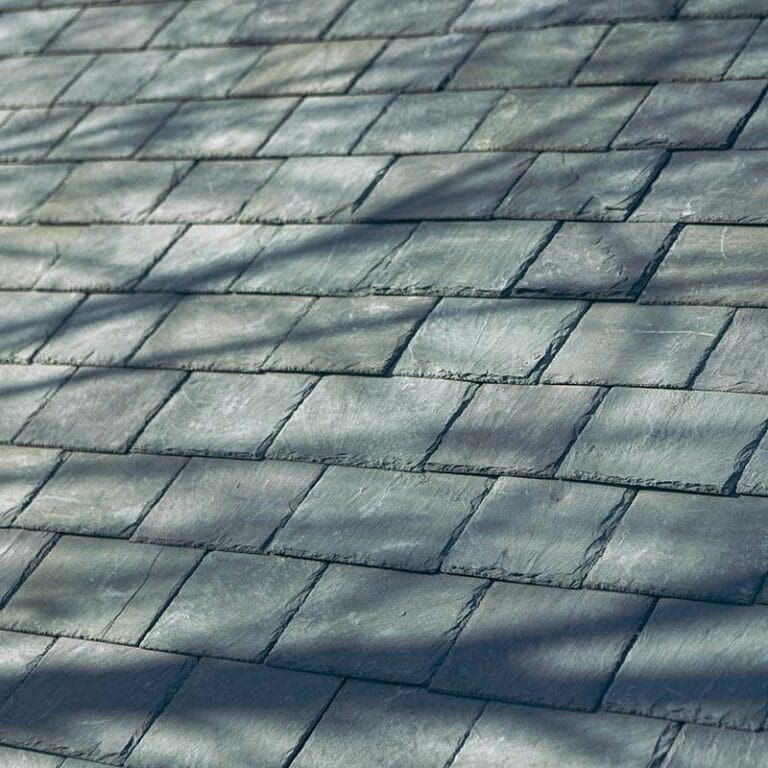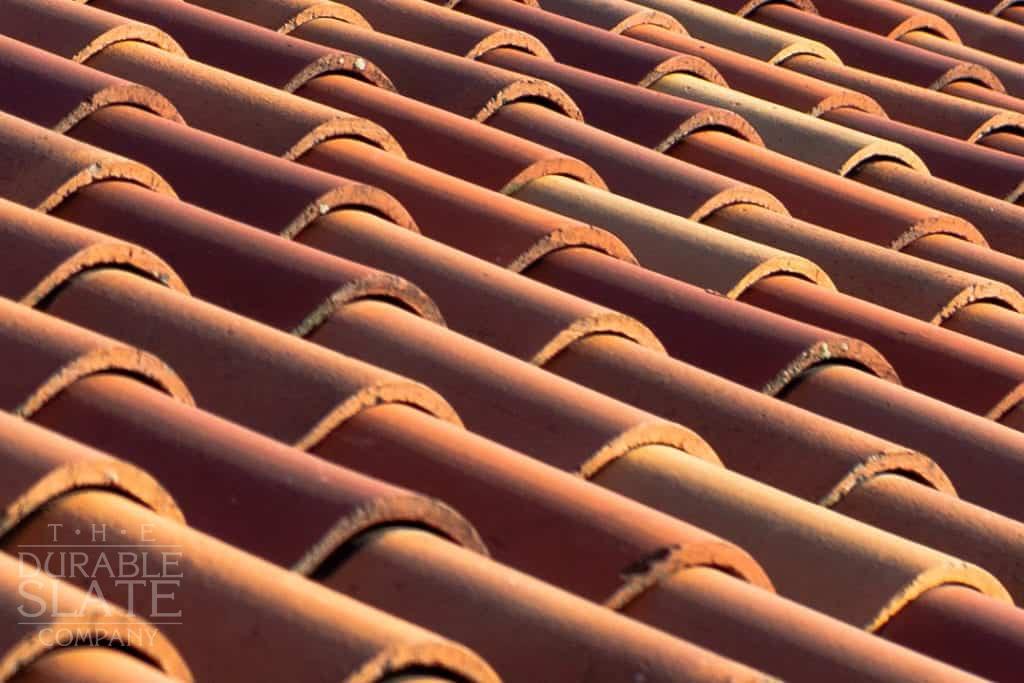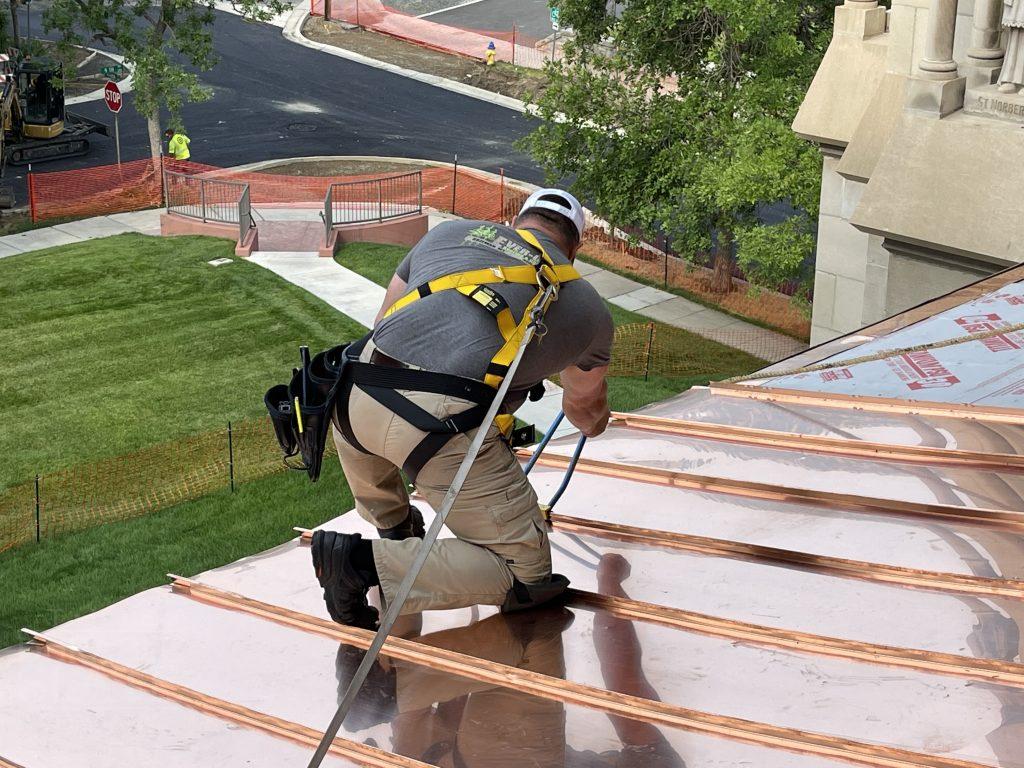1. The Cleveland Abbe House was built in 1884 and was originally the residence of Cleveland Abbe, a meteorologist and astronomer, one of the founding members of the U.S. Weather Bureau. The house is an example of the Victorian architectural style and features a mix of Italianate and Queen Anne design elements, a
dormered gable roof and red-brick construction. The Cleveland Abbe House was added to the National Register of Historic Places in 1973 and currently serves as a private residence.
2. The Administration Building of the Carnegie Institution of Washington was designed by the architectural firm of Hornblower & Marshall and built in 1907. The building is a prime example of the Beaux-Arts architectural style, characterized by its grandeur and symmetry, with a limestone façade, a central dome, and a grand entrance.
The Administration Building houses the administrative offices of the Carnegie Institution of Washington, a scientific research organization, and has served as a hub for scientific research and discovery for over a century. It was added to the National Register of Historic Places in 1974 and it remains an important part of Washington's scientific community.
3. The American Federation of Labor Building, also known as the AFL-CIO Building, was designed by the architectural firm of Harrison & Abramowitz and built in 1955. The building is a prime example of International Style architecture, characterized by its sleek lines and minimal ornamentation, with a modernist design, steel and glass construction, geometric shapes, and a symmetrical façade.
The American Federation of Labor Building served as the headquarters of the American Federation of Labor and Congress of Industrial Organizations (AFL-CIO), one of the most influential labor unions in the United States. The AFL-CIO building is an important part of American labor history, as it served as a hub for the American labor movement for many decades. It is considered as a National Historic Landmark and it is no longer in use by the AFL-CIO.
